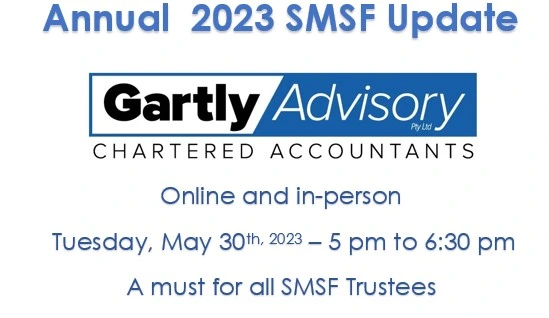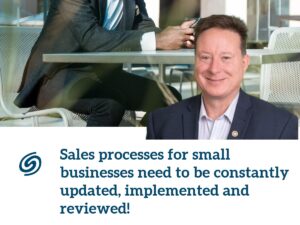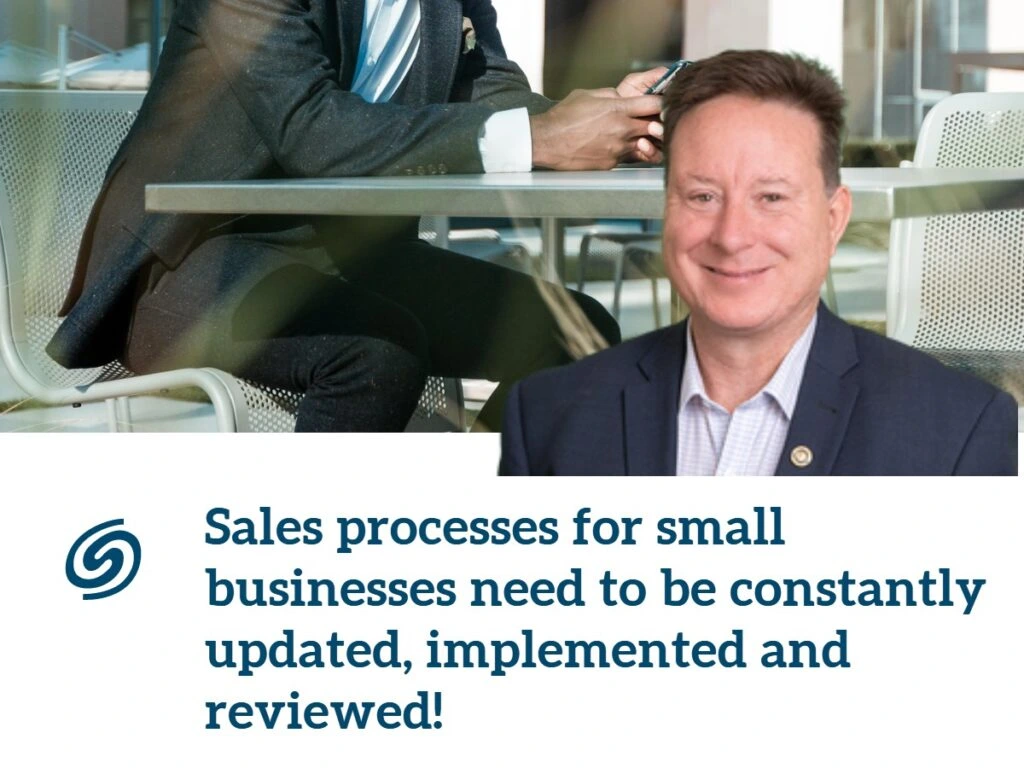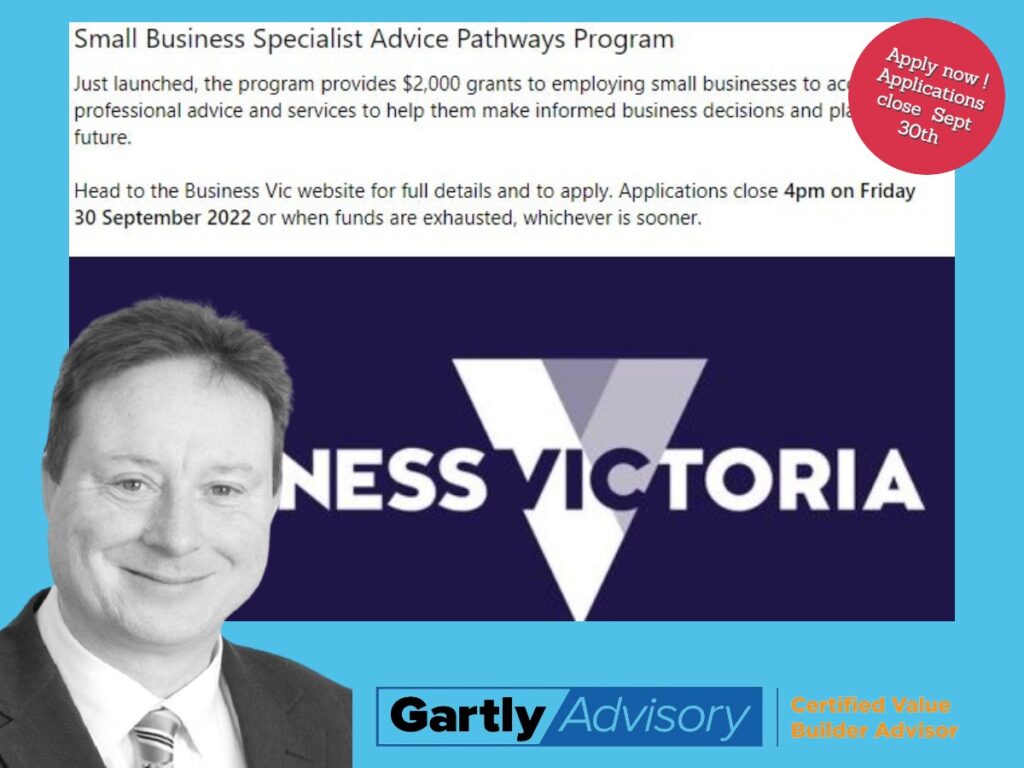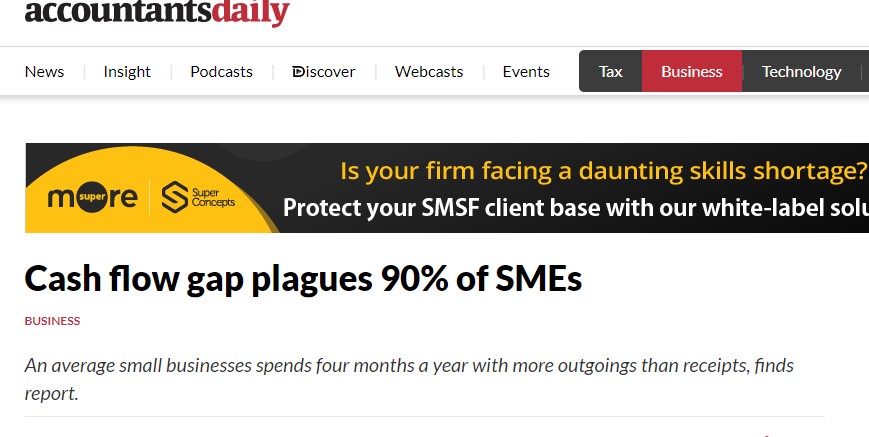Identifying and recording obsolete trading stock write-offs for a small business involves several steps.
Its that time of year, when you should undertake you annual stock take. We suggest to be practical in your approach. Use scales and estimates for small items such as screws , widgets and small items.
A practical approach – obsolete items.
Here’s a general guide on how to approach this process:
- Identify the stock items: Begin by reviewing your inventory records and identifying any old trading stock that needs to be written off. Look for items that are damaged, expired, obsolete, or unsellable due to other reasons.
- When doing a stocktake, use round stickers (i.e. red dots) or straws to identify those items that you have counted.
- Assess the value: Determine the value of the stock items that need to be written off. This can be done by assessing their original purchase cost, current market value (if applicable), or any other relevant valuation method.
- Document the write-off: Maintain proper documentation for the write-off. This should include details such as the date, description, quantity, unit cost, and total value of the stock items being written off. Store this information for future reference, especially for tax and audit purposes.
- Update inventory records: Adjust your inventory records to reflect the write-off. This helps ensure accurate reporting and tracking of your remaining stock items.
- Tax considerations: See Geoff and his team
Remember, if need help contact us .
You should combine your stocktake with a sales budget that should be done for coming year
Once you have undertaken your list let us know and we will help you record it in your accounting system. Happy new financial year.





